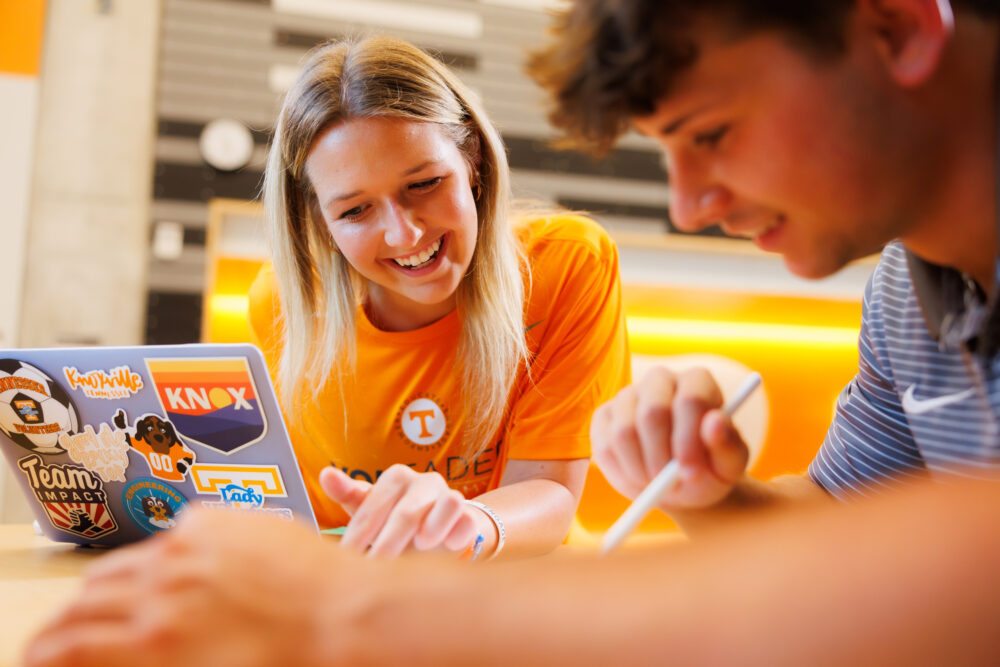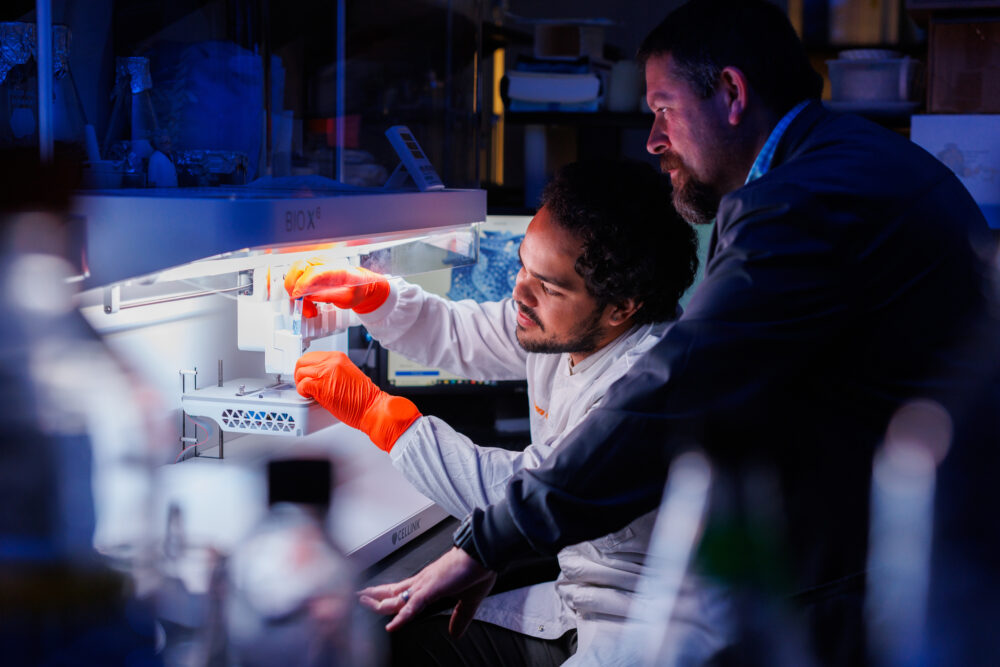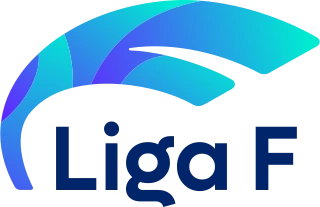Share
UT Knoxville Graduates to Better Content Management with PhotoShelter
University of Tennessee Knoxville improves efficiency, productivity, and campus collaboration with PhotoShelter's AI and tech integrations.
- ~12k assets stored in PhotoShelter
- 1.2k+ requests for visual assets automated per month with PhotoShelter
- 300+ users with access to PhotoShelter

Campus Collaboration Starts with Smarter Digital Asset Management
The University of Tennessee, Knoxville, a flagship public research university, proudly supports its state with excellence in education and research. Serving a diverse community of students, faculty, and partners, the university creates an environment of innovation and collaboration to inspire change and improve lives. As the university’s visual storytelling needs grew, its outdated Digital Asset Management (DAM) system fell behind, creating inefficiencies and barriers to collaboration.
The Challenge: Old School Systems Weren’t Working Anymore
Steven Bridges, Manager of Photography for the Office of Communications and Marketing at the University of Tennessee, oversees the creation and management of branded photography for university communications, websites, and marketing materials. As his department supports a wide range of campus partners relying on visual assets, the shortcomings of their outdated DAM system quickly became a significant obstacle.
- The outdated system couldn’t keep up. Steven likened their old DAM system to “being on your grandparents’ cell phone plan, where it was free nights and weekends and no data.” Though it was a budget-friendly option, it lacked essential features and was on the verge of becoming obsolete. The system’s limited capacity for growth left the team struggling to efficiently serve their campus partners.
- No AI to simplify search. Without AI capabilities, locating specific assets meant Steven had to manually tag images, relying solely on his foresight to anticipate search terms. He explained, “When we have over a thousand people looking for random assets, I don’t have the time to write in every possible tag they may think to look for.” The labor-intensive process left users without the results they needed, making the search for assets a frustrating task.
- Slow and unreliable uploads. Uploading files became a drawn-out ordeal, often requiring prolonged wait times that halted productivity. Steven recounted, “Our other system was extremely slow… 30 minutes after beginning an upload, the window would still be rolling.” The time spent waiting on the system to complete uploading added another layer of inefficiency.
- Poor accessibility for campus partners. Collaboration suffered as campus partners, from social media managers to faculty and even the Chancellor’s office found it challenging to access necessary assets. Steven noted that if campus partners faced difficulties, “they’re just going to ignore it,” resulting in underutilization of the available content. The barriers to accessing resources isolated departments and hurt university communication efforts.
“We were using another system that was basically like being on your grandparents’ cell phone plan, where it was free nights and weekends and no data. We had a cheaper plan with an older system that was becoming a dinosaur and needed to be replaced…. It was about to go unsupported. It worked great if you were just doing metadata, but it did not have the extra options or the more useful things that we needed to help us, my campus partners, and office cohorts be able to find images.”
Steven Bridges, Manager of Photography, University of Tennessee

The Solution: Better Storytelling Through Smarter Workflows
Before adopting PhotoShelter, inefficiencies bogged down workflows and limited collaboration. Now, Steven’s team enjoys streamlined processes and innovative AI tools that make asset management seamless. Here’s how PhotoShelter addressed their needs:
- AI Visual Search transformed efficiency. The introduction of AI Visual Search drastically simplified asset retrieval by eliminating sole reliance on metadata. Steven explained, “When we have over a thousand people looking for random assets, I don’t have the time to write in every possible tag they may think to look for.” Users can now quickly locate assets using visual recognition and natural language, significantly reducing the time and effort required for searches while ensuring even the most specific requests are met.
- Simplified uploads with integrations. Integrating Photo Mechanic with PhotoShelter transformed the process from a frustrating bottleneck to a seamless experience. Steven shared, “I just select the pictures, hit the hotkeys, and pick my folder—BAM, it’s up there.” The days of waiting on a locked-up computer to complete uploads were gone, allowing the team to focus on delivering high-quality visuals without interruptions.
- Seamless access for partners. PhotoShelter broke down barriers by providing unlimited users. Now, all faculty and staff in the university’s SSO have direct access to the visual resources available. Steven highlighted the impact: “We have everyone from campus social media accounts to the Chancellor’s office using assets to talk about the university.”
- Canva integration simplified content creation. The Canva integration was a transformative addition, particularly for users without graphic design expertise. “For social media managers and other departments without designers, this plug-and-play Canva integration was a game changer,” Steven noted. Users effortlessly create polished graphics with university assets, saving both time and effort across the board.
- Facial recognition enhanced archive searches. PhotoShelter’s facial recognition feature added another layer of efficiency, particularly for locating VIPs in archives. Steven explained, “If somebody just won a Nobel Peace Prize, I could put their face in and see where they may have been in our archives.” This ensured quick access to images of key individuals, reducing the time needed for extensive manual searches.
“One of the other things that has been really helpful – and I had cheers when I announced this – is the Canva integration. While our department has dedicated graphic designers, most people across campus are using Canva. Professors use it for class presentations and social media managers are making graphics. It is a staple for non-designers. For our campus partners to have this plug-and-play Canva integration is another game changer.”
Steven Bridges, Manager of Photography, University of Tennessee
A More Connected and Creative Campus
PhotoShelter transformed how the University of Tennessee, Knoxville, manages and shares its visual assets, creating ripple effects across campus. By simplifying workflows with tools like AI Visual Search, Photo Mechanic and Canva integrations, Steven Bridges and his team not only saved time but also made it easier for campus partners to access and utilize the university’s visual content. From professors creating engaging presentations to social media teams showcasing the university’s vibrant community, PhotoShelter made their jobs easier and more impactful.
“With PhotoShelter, I’m getting time back. I’m more efficient because of the ease of delivery and spending less time on metadata with AI Visual Search. Everything I’ve done has been about efficiency and ease. That’s the deal.”
Steven Bridges, Manager of Photography, University of Tennessee







